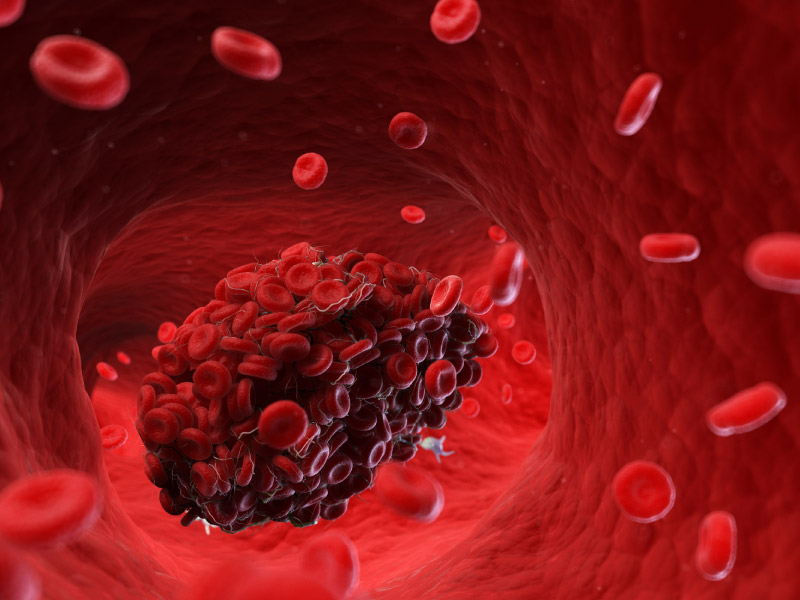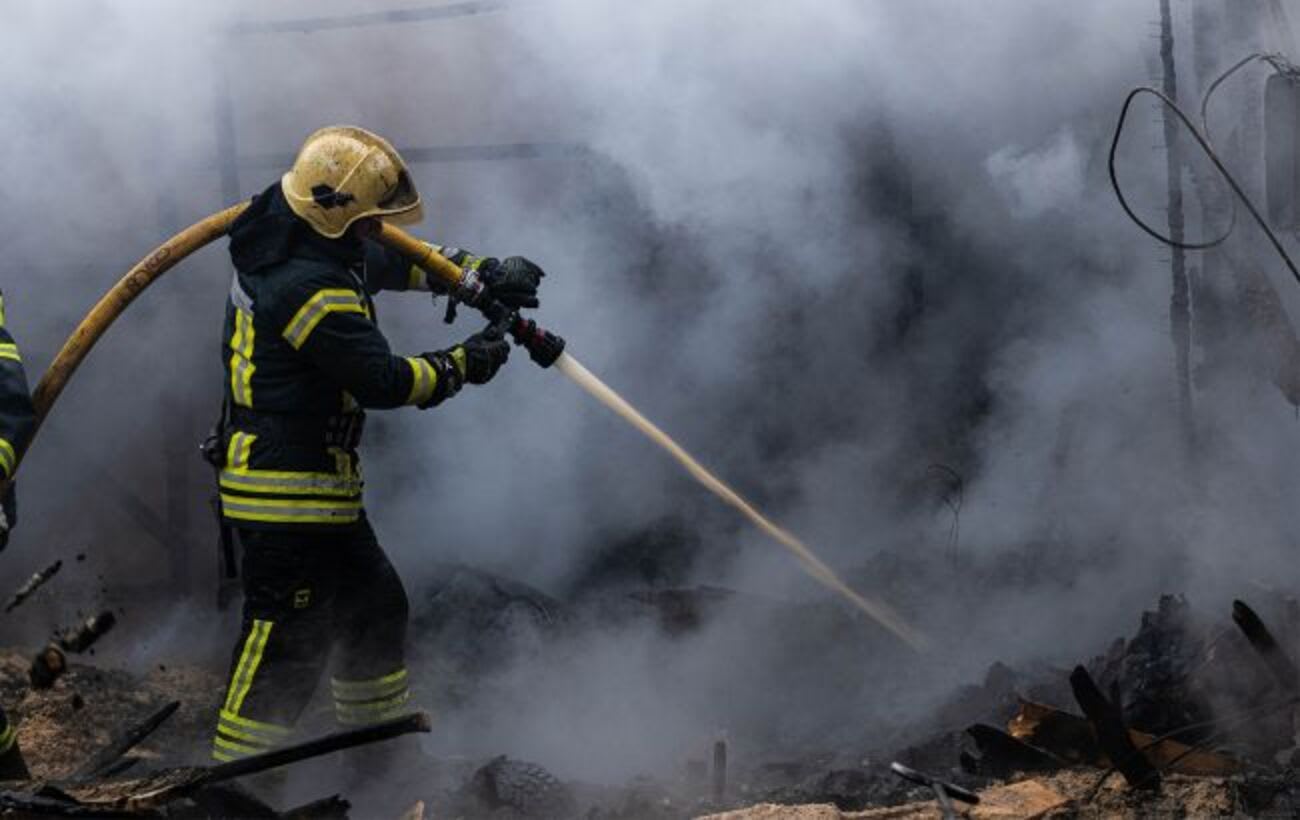This year, the sports sections of newspapers have highlighted a significant health issue once again.
During the regular season, NBA players Victor Wembanyama and Damian Lillard were both held back due to deep vein thrombosis, commonly known as DVT—a form of blood clot. This condition also affected numerous sports figures such as tennis icon Serena Williams, ice-hockey star Zdeno Chára, and basketball hall-of-famer Chris Bosh.
Dr. J. Sawalla Guseh, who leads the cardiovascular performance program at Massachusetts General Hospital in Boston, stated that athletes as a whole do not have an intrinsically greater chance of experiencing these blood clots compared to the general public.
However, blood clots are frequent occurrences, noted Guseh, who additionally serves as an associate professor of medicine at Harvard Medical School and acts as the team cardiologist for both the National Football League’s New England Patriots and Major League Soccer’s New England Revolution. Athletes face various factors that might elevate their chances of experiencing such clotting issues.
DVT stands for a clot that develops within the deep veins located in the legs, arms, or pelvis. Should this clot move towards the lungs, it transforms into what’s known as a pulmonary embolism, potentially leading to immediate fatality.
These two conditions are alternatively known as venous thromboembolism, or VTE. As per statistics from the American Heart Association, approximately 1.3 million instances of VTE were recorded in U.S. hospitals in 2021, which is the latest year with accessible data.
Dr. Mary Cushman, a hematologist serving as the medical director for the Thrombosis and Hemostasis Program at the University of Vermont Medical Center in Burlington, stated that the likelihood of an individual under 40 experiencing venous thromboembolism (VTE) stands around 1 in 10,000.
Athlete cases often receive additional scrutiny, as Cushman explained, “when your go-to team loses a player due to DVT, everyone becomes aware.” She further noted her role as a professor of medicine and pathology at the University of Vermont.
The hazards that athletes encounter which may elevate their likelihood of developing DVT encompass:
Injuries
Sportspeople may sustain injuries. Occasionally, these injuries might interfere with blood circulation, leading to clot formation. Additionally, undergoing surgical procedures like knee operations—which athletes often require—can heighten this risk. As Guseh pointed out, “For instance, knee surgery is frequent and carries a greater likelihood of developing clots.”
A leg confined in a cast due to a fracture can increase this risk as well. According to Cushman, veins in the lower limb depend on muscle contractions, especially those in the calf area, to assist blood flow upwards. When immobility occurs, these muscles cannot perform their role effectively. Consequently, blood circulation slows down. Blood that remains stationary has a higher tendency to form clots.
Sports-related motions
Guseh mentioned that clots may develop in athletes whose sport involves frequently pulling back their arms, such as pitching a baseball or swinging a tennis racket. While he doesn’t consider this condition very widespread, it does occur in various arm-intensive activities like basketball, rowing, wrestling, and others.
The blood vessels that lead to and from the arms travel through a confined space beneath the collarbone and above the first rib. This passage is referred to as the thoracic outlet. According to Cushman, some individuals possess a narrower thoracic outlet compared to others.
This condition has multiple denominations: effort thrombosis, Paget-Schroetter syndrome, and thoracic outlet syndrome.
“Thoracic outlet syndrome can occur in anybody,” Cushman explained. “However, athletes may experience it more frequently as they develop their muscles in that region,” which can constrict the passage.
A university student with a bulky backpack or a furniture handler moving cartons could encounter the same issue. “This is what we refer to as effort thrombosis,” explained Cushman. “Excessive use of that arm leads to heightened stress in the nearby region, which aggravates the vein and prompts it to form a clot.”
Other concerns pertaining to physical build
Certain non-athletic issues could still be more prevalent among some athletes, according to Cushman. Her research indicates that height can elevate the chances of developing VTE, which would make tall athletes like basketball players particularly susceptible.
Guseh mentioned that having a higher Body Mass Index increases the risk as well. While BMI serves as an indicator for obesity, individuals like bulky athletes, particularly those involved in sports such as football with significant muscle mass, may also exhibit a high BMI.
The doctors explained that anybody could possess genetic variations that render them more susceptible to blood clots.
Travel and other factors
Top-tier college and professional athletes might log more hours on long-distance flights compared to the average person, which can slightly elevate their chances of developing blood clots.
We’re discussing flights lasting over four or even six hours,” Cushman stated. “The risk is relatively minor,” likely due to the lack of movement and the impact of lower air pressure at high altitudes during these trips.
Guseh stated that dehydration from traveling or exercising can make the blood more viscous, potentially leading to clot formation.
Young women using contraceptives containing estrogen also face an increased risk, according to Cushman.
Regardless of the reason, the consequences of developing a blood clot are severe. As stated by the
U.S. Centers for Disease Control and Prevention
, about a quarter of the time, the first symptom of a pulmonary embolism is sudden death.
With DVT, leg or arm pain and swelling are the primary symptoms, Cushman said. It might be accompanied by areas of skin that turn pinkish or reddish.
These symptoms, along with feelings of warmth in a limb, particularly in patients who have recently undergone surgery, should be regarded as urgent situations unless ruled out, according to Guseh.
Pulmonary embolism symptoms can include chest pain, trouble breathing and sometimes lightheadedness or heart palpitations.
A blood clot that reaches the lungs can cause shortness of breath and prevent you from performing at your usual level of activity, according to Guseh.
Blood clots are managed using anticoagulants. However, the duration of this therapy hinges on what triggered the clot formation, classified into two types: provoked or unprovoked. According to Cushman, a provoked clot arises due to identifiable reasons like trauma or operations. Conversely, an unprovoked clot occurs without evident underlying factors.
Individuals experiencing provoked thrombosis face quite a minimal chance of the condition recurring,” stated Cushman. These individuals may discontinue their use of anticoagulants after several months. However, when dealing with unprovoked clotting, “these patients must be evaluated for ongoing therapy, which can pose challenges.
Guseh mentioned that for athletes in earlier times, forming a clot essentially signaled the end of their careers. However, physicians currently take into account both the location of the clot and the individual’s personal goals before making decisions.
“Some individuals require months of therapy, some necessitate ongoing lifetime treatment, whereas others might not need any intervention whatsoever,” stated Gusej, who also served as a co-author for guidelines developed by the American Heart Association and the American College of Cardiology.
scientific statement
In a study about athletes with heart conditions that appeared in Circulation in February, he mentioned that compared to previous blood-thinning drugs which needed regular checks, newer treatments enable certain individuals to discontinue them temporarily when they could be more susceptible to crashes, injuries, and hemorrhages—such as competing in the Tour de France or participating in an NBA playoff match.
Guseh mentioned that anyone can reduce their VTE risk by taking certain measures. It’s important to drink ample amounts of water, particularly when traveling or engaging in rigorous exercise. He advised, “During flights or extended bus trips, make sure to stand up every 60 to 120 minutes, bend and stretch your calf muscles, and prevent remaining seated without movement for prolonged periods.” This advice is especially crucial for those who have a higher likelihood of developing blood clots.
compression socks
It can be beneficial during extended trips or recuperation after an operation, he mentioned.
And if you’re hurt, provided your doctor approves, “it’s advisable to remain active. Even gentle walking can assist in lowering the chance of blood clots following small injuries,” according to Guseh.
Cushman recognizes the significance of customizing treatments for individuals, particularly for elite athletes.
She mentioned that an athletic career tends to be quite brief. “Thus, being compelled to stop playing is incredibly difficult.”
American Heart Association News
Covers cardiac and neurological wellness. The viewpoints presented here may not represent the official stance of the American Heart Association. The copyright belongs to or is retained by the American Heart Association, Inc., with all rights reserved. This narrative should not be taken as a substitute for professional medical guidance, assessment, or therapy. Always consult your healthcare provider for medical inquiries.


















Leave a Reply